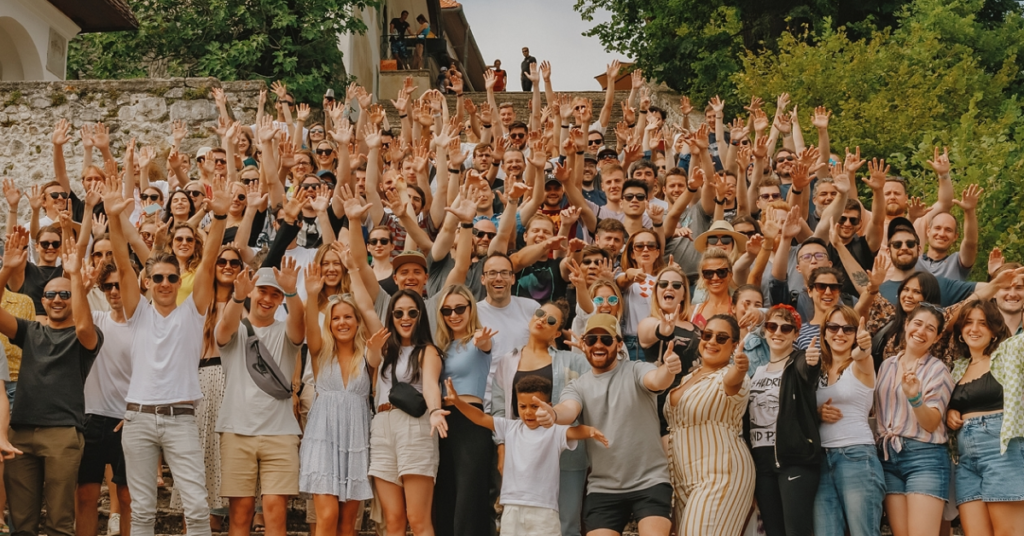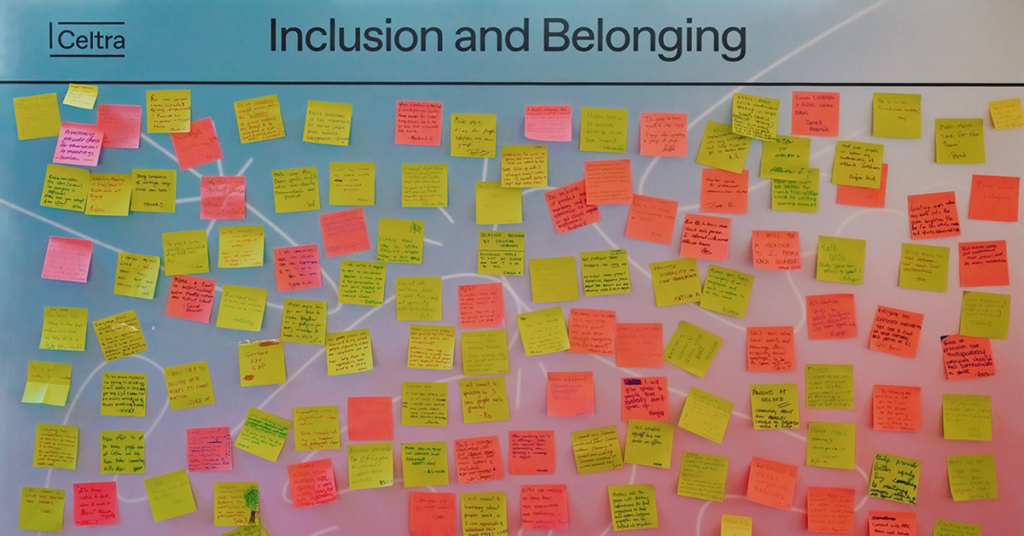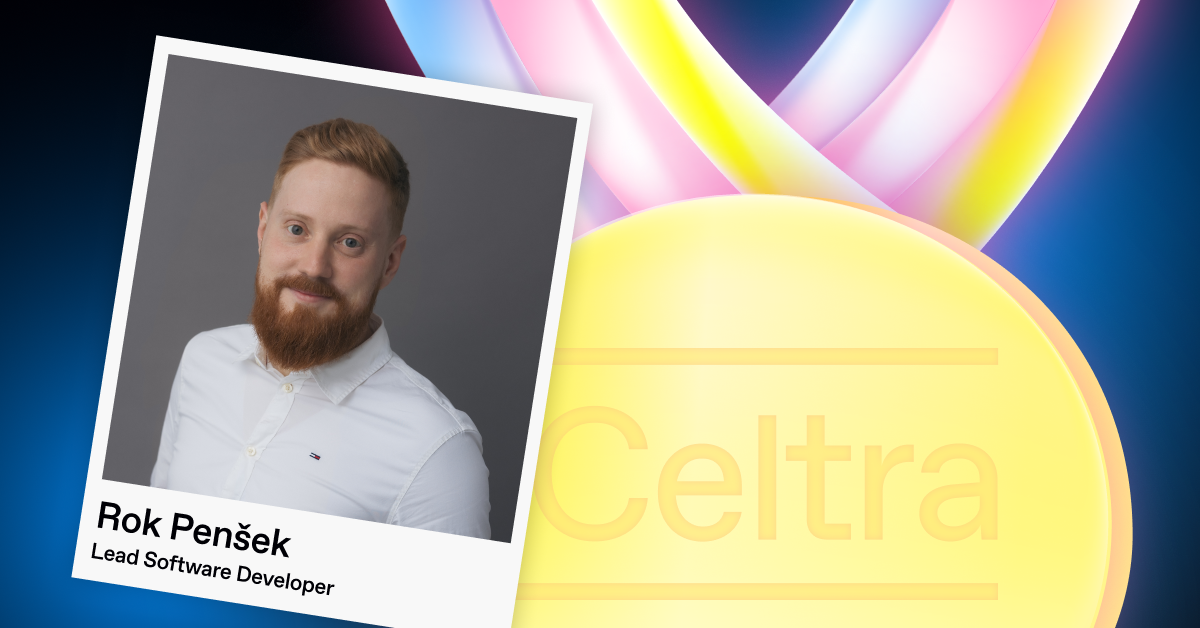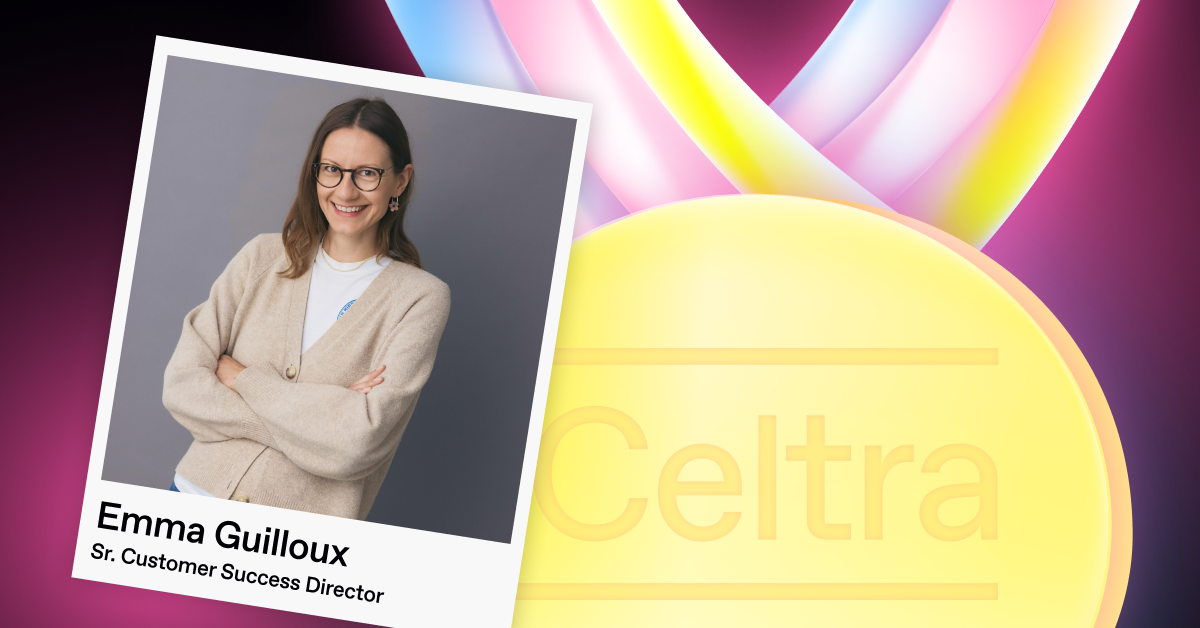With Maja Mikek, Co-founder & CFO of Celtra
In the spirit of keeping up with the times and staying on the pulse of industry news (as we love to do) this second part of the Driving Momentum in the Hybrid Work Era will address some recently posed questions by Forbes. Inspired by a recent article outlining “How To Build A Positive Hybrid And Remote Working Culture In 2023” we went to our Co-founder & CFO Maja Mikek, who also oversees the HR and organizational culture growth at Celtra for answers.
Maja Mikek is no stranger to Forbes – in 2016, she was named amongst the top 100 Most Successful European Female Founders and later that same year she was appointed one of the Top 30 Most Powerful Women in Mobile Advertising by Business Insider.
Numbers aren’t the only game she likes to play… what makes Maja valuable is the way she looks at them through the lens of Celtra’s most valuable assets: the people, their passions, and their potential. This combination of insights is sure to help us as individuals, a company, and even an industry, understand how organizational cultures can thrive in a hybrid workspace. As a relatively new concept which will undoubtedly become a societal norm of employment, it’s best we get to grips with the ins and outs from the word go…

You have been the heart and driving force of Celtra’s famous open culture for more than a decade. Which are the milestones you are most proud of?
I am proud of the people we’ve had at Celtra for 5, 7, and in some cases even 10 years- and what beautiful and powerful humans they have become, both professionally and personally.
I am proud and happy to watch people develop from individual contributors to strong collaborators that are eager to learn and question, and have the will and power to go out and get things done. Those builders and doers are the reason Celtra is where it is today. And with an encouraging culture, where we try very hard to create an environment where people can thrive and be their best selves, I know there are new rising stars in the making. Thanks to our budding new members, I believe we will do even more great things in the future.
More specifically, I am proud of our value system at Celtra. Our culture tries to be fair, honest, transparent, encouraging, and inclusive. In short, I think it’s a very healthy space for ambitious and eager team players.

What are the most significant changes that you’ve acknowledged post-shift to hybrid working?
We have always been “hybrid” in the sense that we work across multiple time zones, and people have always worked predominantly online through their screens. We were also pretty flexible pre-COVID-19, but now, post-COVID-19, we became remote first. What that means is that even if a few people sit together in an office, we would all still go online to welcome a person joining remotely.
What we all crave is in-person get-togethers – either for work collaboration or for casual catch ups. Socializing in person is very much needed for our well-being but I believe that a good mix of flexibility, especially in an industry like ours, improves the quality of life for all.


Celtra is a remote-first organization with a hybrid work style. How do you manage in-person connections for your trans-Atlantic teams?
While we are a remote-first organization, we embrace a hybrid way of working with a series of much anticipated yearly and monthly events. The biggest event in the Celtra calendar is the All-Hands, our annual week of talks, group activities, lunches, dinners, parties and much more. We prioritize no screens during that week to maximize in-person interaction. We’ve also started in-person co-working weeks that take place once a month in each of our office locations (New York, London and Ljubljana).
In terms of communicating online, we encourage many ground-up initiatives that live within our Slack channels, as well as fun groups like #celtrapets. There’s a lot of value in teaching remote-first best practices and expectations as part of the onboarding process. We always pair new hires with buddies from other departments and geographic locations to help them build their internal network and encourage weekly 1-1s and catch-ups.

How valued is diversity among the team?
Immensely! As a global company, we are proud to have such a rich array of personalities, nationalities, backgrounds and skill sets. We set a top-down company-wide benchmark for improving our DEIB profile through an Inclusion Survey taken by all our employees. Last summer we hosted in-person listening sessions with our Executive Team and our employees to learn from each other’s experiences in the workplace, and how we can become an even more inclusive work environment.
Our goal is to have diversity both in thought and skillset, because we want to be representative of the world around us. Having perspectives from many different backgrounds and experiences enriches our culture, making us work better. I believe that is the right way of building a team and company. We’re not looking only for a culture “fit”, rather for culture “add”. We love rainbows in every sense of the word 🙂

How is success measured and rewarded?
At Celtra, one of the main objectives of my closest team is to create an environment where every employee is empowered to do their best work. Alongside this, we ensure that there is enough support for them to develop as their best selves as well. To measure success in a remote-first hybrid work environment, we put lots of importance on quarterly expectations for all Celtra employees. Those expectations support Company’s OKRs (Objectives and Key Results) and we have company-wide quarterly reviews on OKR achievements – on both a departmental and a company level. If we are successful, we’ll grant annual bonuses, merit increases, promotions and stock incentives to people. In a year where we aren’t as successful (where success is measured by revenue or market share increase), we make sure that leadership finds a way to reward the people most responsible for the (yet invisible) progress. Having said that, the down periods are used to build and work on developing products that will serve as a building block for future success.






